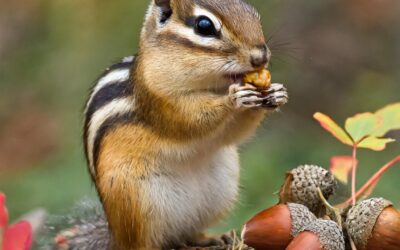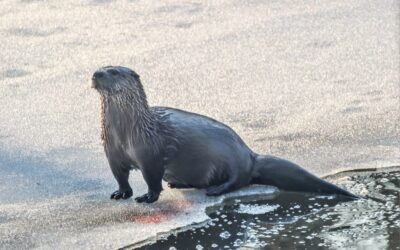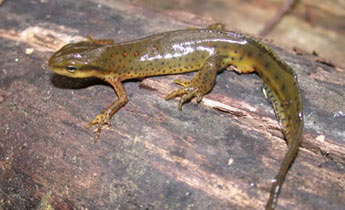Backyard Composting
There are so many good reasons to compost. Thanks to Addison County, Vermont https://www.addisoncountyrecycles.org/food-scraps/composting/101/why-compost, for their list:
- Composting reduces waste, makes us less dependent on landfills, and decreases greenhouse gas emissions.
- Compost strengthens soil and promotes healthy plant growth.
- Composting reduces the need for pesticides and synthetic fertilizers.
- Composting recycles essential nutrients back into the soil.
- Compost promotes a prolific soil ecosystem.
One of the great things about composting is that you can start small, and still create an effective compost pile. If you are a beginner in the world of compost, there are many resources out there to get you started. Also, if you have been doing it for a while, and would like to “up your game,” there are plenty of tips available to assist you in that quest. We have included some of them here for your convenience.
We extend our thanks to Caroline Boutard-Hunt, Agricultural Educator at the Cornell Cooperative Extension of Yates County for the following tips on backyard composting.
Backyard composting is the best way to compost your food scraps and yard debris.
Compost happens naturally, no matter what, but by following these directions you help to accelerate the natural decomposition process to produce healthy soil.
Step 1: Obtain a bin or an area in your yard that is approximately one cubic yard (3’x3’x3′). Size is important for the proper temperature. Piles that are too small cannot hold enough heat for effective microbial activity, and piles too large (more than 5 feet cubed) do not allow for enough air to reach microbes in the center of the pile.
Step 2: Mix two parts brown (dry leaves, small twigs, straw, etc.) with one part green (grass clippings, kitchen scraps, etc.). This 2:1 ratio provides the best mix of carbon (brown materials) to nitrogen (greens).
Step 3: Chop or break up many twigs and large pieces of fruit and vegetable waste. Materials will break down more quickly with increased surface area.
Step 4: Keep it moist. Water your compost to keep it moist like a wrung-out sponge.
Step 5: Keep it turning. Compost needs air. Turning the compost will help it break down and will prevent it from smelling unpleasant.
Step 6: When it is ready your compost should look and smell like rich soil. Use finished compost to feed your garden, flowers, potted plants and lawn.
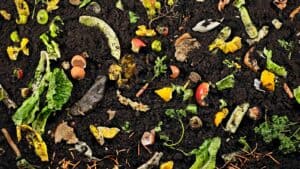
And here are some links to some videos that can help you get your compost started:
Composting 101: Stupid-Easy Compost Making in Piles & Bins https://www.youtube.com/watch?v=9zvFresyPmA
Basic DIY composting, using bins constructed from pallets.
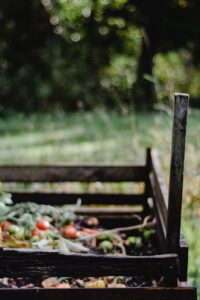
Sarah Crevelling of the Penn Yan Public Library recently hosted an on-line workshop entitled, “Composting for Lazy Beginners.” The program was recorded and is viewable at https://youtu.be/IFtJTaeMGTA
Composting for Kids: https://www.youtube.com/watch?v=9zvFresyPmA
This provides a good description of why composting is better for the planet than throwing everything into a landfill. And it is narrated in part by kindergartners, and thus explained in a way that even a child can understand!
Note: this video focuses on school composting, which falls under the industrial compost umbrella. For this type of composting, all food scraps are acceptable, including prepared foods, meat, dairy, oils, and bones. These items are NOT recommended for backyard composting.
Vermicomposting – using worms – is something that can be done at a small scale (in an apartment kitchen, for example), or at a large scale, like at Vermigreen in Palmyra (https://www.vermigreen.com/). If you’d like to start your own, check out this video called “Vermicomposting 101: How to Create and Maintain a Simple Worm Bin.” https://www.youtube.com/watch?v=AF-jzWKMdwE
Composting is fun, easy, and can give a sense of pride, knowing that you are helping the planet by keeping food scraps in the nutrient cycle, and reducing your contribution to our landfills which are swiftly approaching maximum capacity. If you aren’t composting yet, why not start this year?

